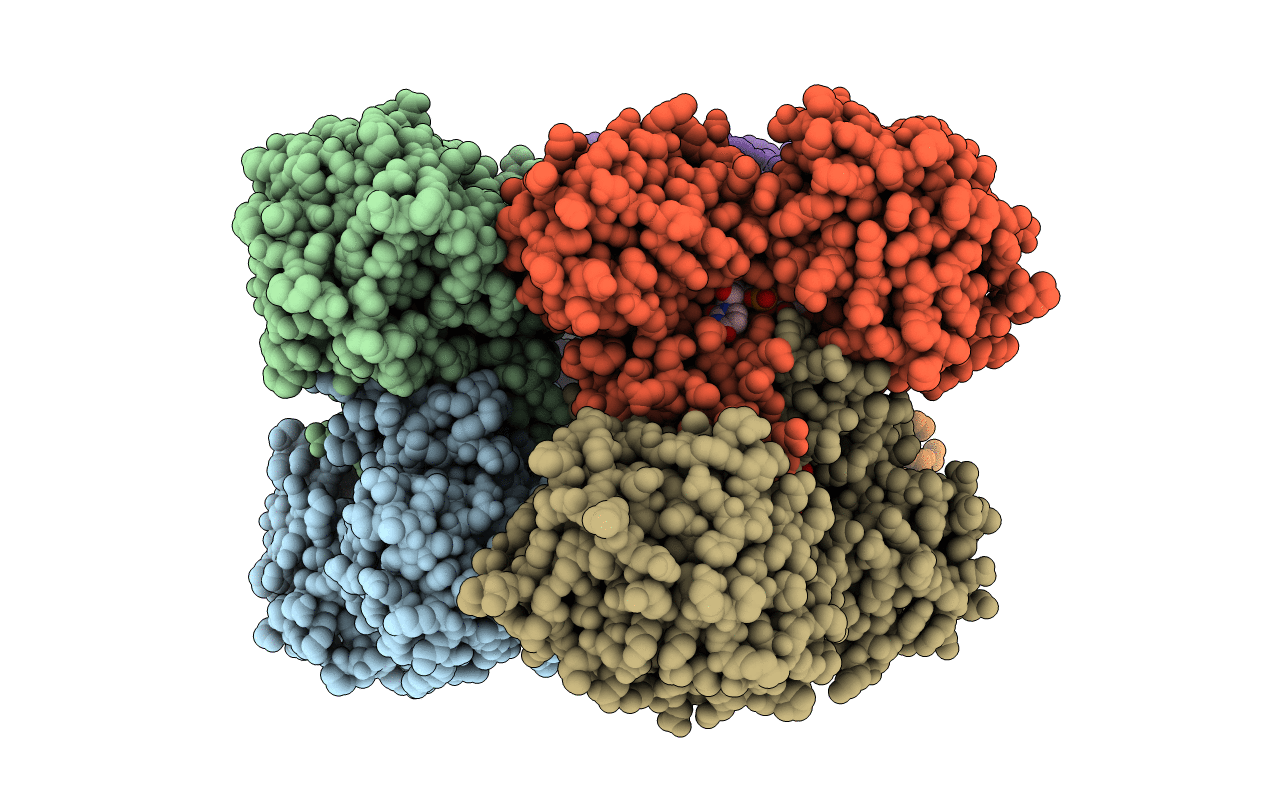
Deposition Date
2010-11-29
Release Date
2011-06-15
Last Version Date
2024-02-21
Entry Detail
PDB ID:
3PRJ
Keywords:
Title:
Role of Packing Defects in the Evolution of Allostery and Induced Fit in Human UDP-Glucose Dehydrogenase.
Biological Source:
Source Organism:
Homo sapiens (Taxon ID: 9606)
Host Organism:
Method Details:
Experimental Method:
Resolution:
3.10 Å
R-Value Free:
0.27
R-Value Work:
0.22
R-Value Observed:
0.23
Space Group:
P 21 21 21


